For kitchen professionals, the way you stand at your cutting board can make or break your rhythm. It is not just about comfortadopting the correct posture can significantly reduce strain on your body, improve safety, and even speed up your prep work. To ensure lasting success for chefs and home cooks alike, well be diving into optimal posture, proper ergonomics, and habitual practices when using a cutting board.
So, how should you stand at your cutting board? The answer goes beyond simply standing upright. Lets break it down step-by-step to keep you slicing and dicing efficiently while safeguarding your health.
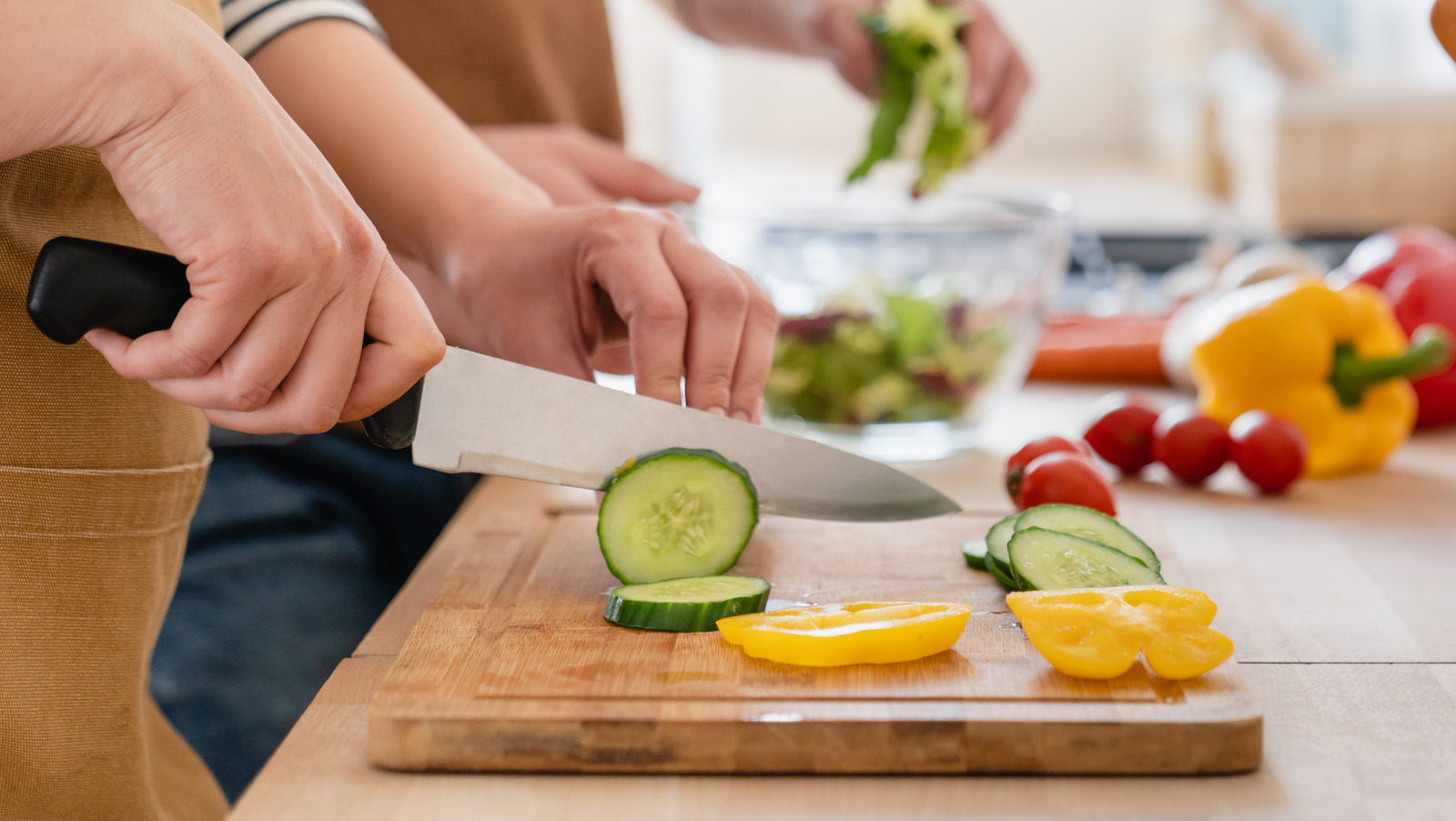
Why Posture Matters in the Kitchen
Ask any seasoned chef, and theyll tell you that hours at the kitchen counter can take a toll on your back, shoulders, and legs. Though small adjustments, like where and how to position your cutting board, may seem insignificant, they actually play a massive role in maintaining your physical well-being.
Improper posture at the cutting board not only causes discomfort but also increases the risk of accidents. Slouching or leaning too far can impair precision while slicing, possibly leading to knife slips or uneven cuts.
What Professional Chefs Get Right
Observing professional chefs prepares you to emulate the best practices. They maintain a slightly bent posture at the knees, keep their feet about shoulder-width apart, and position their cutting board at waist height for ergonomic comfort. This stance ensures stability and reduces stress on the back, allowing for hours of seamless food prep.
What to Use Instead of Cutting Board Cutting Board Turning BlackStep-by-Step Guide to Proper Stance
Now that you understand the importance of posture, lets tackle the practical steps on your how should you stand at your cutting board journey. Lets refine your stance:
Step 1: Position the Board at the Right Height
Ensure your cutting board is positioned waist-high. Too low, and you will excessively bend your back, leading to strain. Too high, and your shoulders will bear unnecessary pressure. If your kitchen counter isnt at the right height, consider an adjustable cutting board or a sturdy platform to lift it.
Step 2: Distribute Your Weight Evenly
Align your feet parallel and shoulder-width apart. This stance gives you balance and allows you to shift your body weight comfortably while chopping. Avoid leaning or resting on one leg as this can strain your hips and lower back.
Step 3: Engage Your Core
A strong, engaged core is your best ally when preparing food for hours on end. By slightly bracing your abdominal muscles, you provide support for your lower back and prevent slouching that could lead to injuries.
Step 4: Angle Your Knife and Hand Placement
Your hands play an integral role in efficient prep work. Keep the knife at a 1520-degree angle for control and precision. Curl your non-cutting hand to form a claw grip, keeping your fingers safely tucked away.
Common Mistakes to Avoid
Leaning Too Close
Its tempting to hunch over your cutting board, especially when slicing small ingredients like herbs or garlic. However, leaning too close not only strains your neck but also reduces visibility of your cuts.
Ignoring Board Stability
An unstable cutting board is an accident waiting to happen. Secure your board using a wet paper towel or silicone board mat to keep it steady. For step-by-step guidance, check out this helpful tutorial on preventing movement during chopping.
Improper Knife Grip
A firm grip is key to ultimate precision and safety. Many make the error of holding the knife too far back on the handle. Instead, grasp the knife at its bolster (the part between the blade and handle) for more control and less wrist fatigue.
Additional Tips for Kitchen Ergonomics
In addition to maintaining proper posture, here are some ergonomic hacks to maximize your efficiency at the cutting board:
Use Anti-Fatigue Mats
Comfortable flooring matters! Invest in anti-fatigue mats to reduce pressure on your feet and knees during extended chopping sessions.
Keep Your Tools Within Reach
Minimize unnecessary movements by organizing your knives, bowls, and ingredients beforehand. This setup keeps you focused and prevents interruption to your workflow.
Take Regular Breaks
Even when following proper posture, standing still for an extended period can cause discomfort. Take a brief pause every 30 minutes to stretch and shake out your arms and legs.
How Should You Stand at Your Cutting Board: Frequently Asked Questions
1. How can I reduce back pain while chopping vegetables?
Stand with a neutral spine, distribute your weight between both legs, and position your cutting board at waist height. To avoid excessive strain, take small breaks and stretch regularly.
2. Whats the ideal height for a cutting board?
The top of the cutting board should align with your waist. If your countertop is too high or low, consider a platform or adjustable tools to create the ideal height.
3. Do anti-fatigue mats really make a difference?
Yes! Standing on anti-fatigue mats provides cushioning and reduces the impact on your joints, making long hours in the kitchen more manageable.
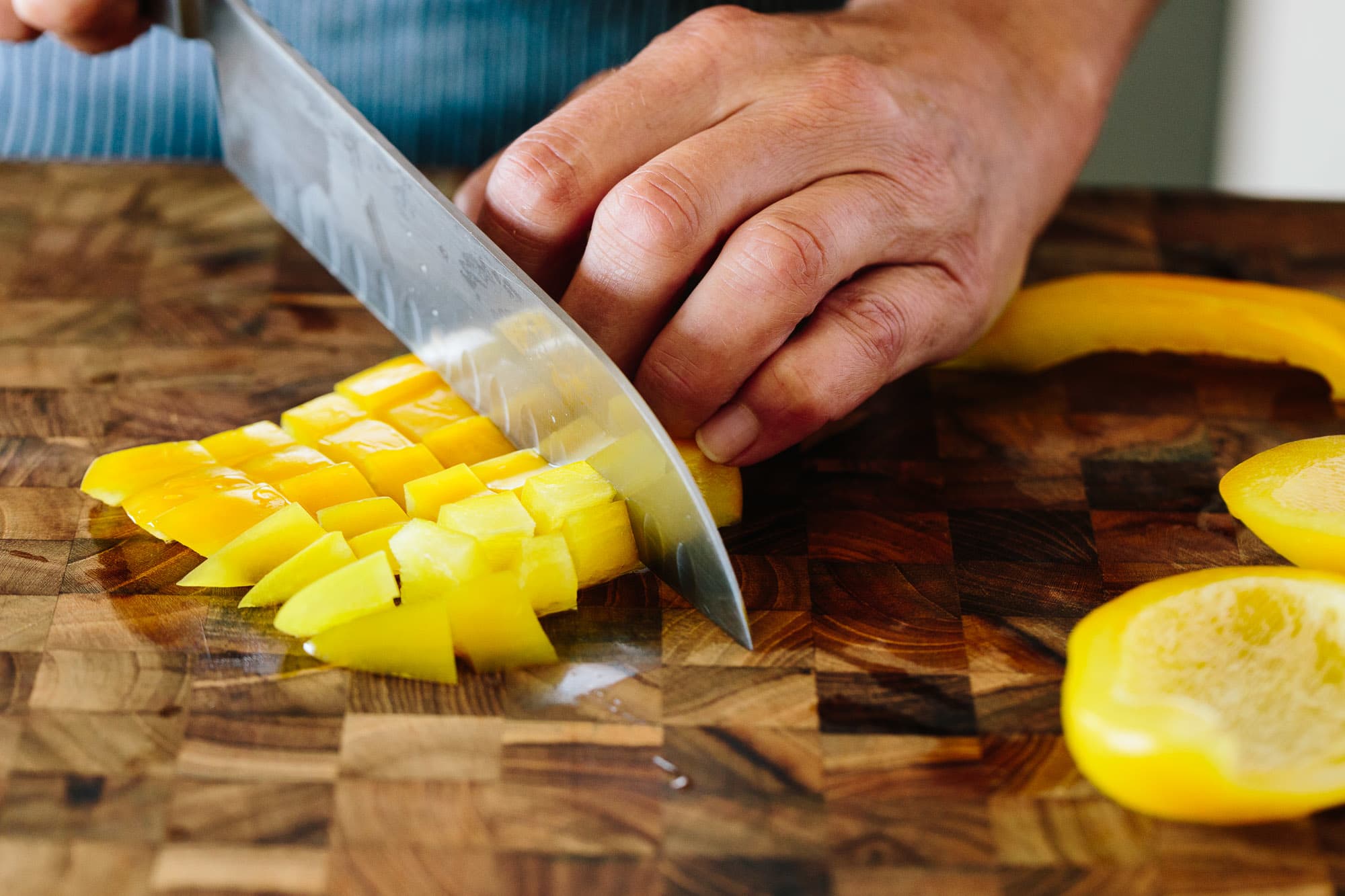
Conclusion
In the world of culinary arts, precision and technique are paramountbut without proper ergonomics, even the best chefs can suffer from fatigue or injury. By mastering how should you stand at your cutting board, you ensure not only optimal efficiency but also long-term physical well-being.
Remember, small adjustments can produce huge results. Position your cutting board correctly, hold your stance steady, and maintain focus on safety and balance. For everything from cleaning your board to gifting ideas, check out related tips from our blog here.
Adopt these strategies today, and transform your cutting board routine into a sustainable, pain-free practice that powers your passion for food.
This article contains affiliate links. We may earn a commission at no extra cost to you.

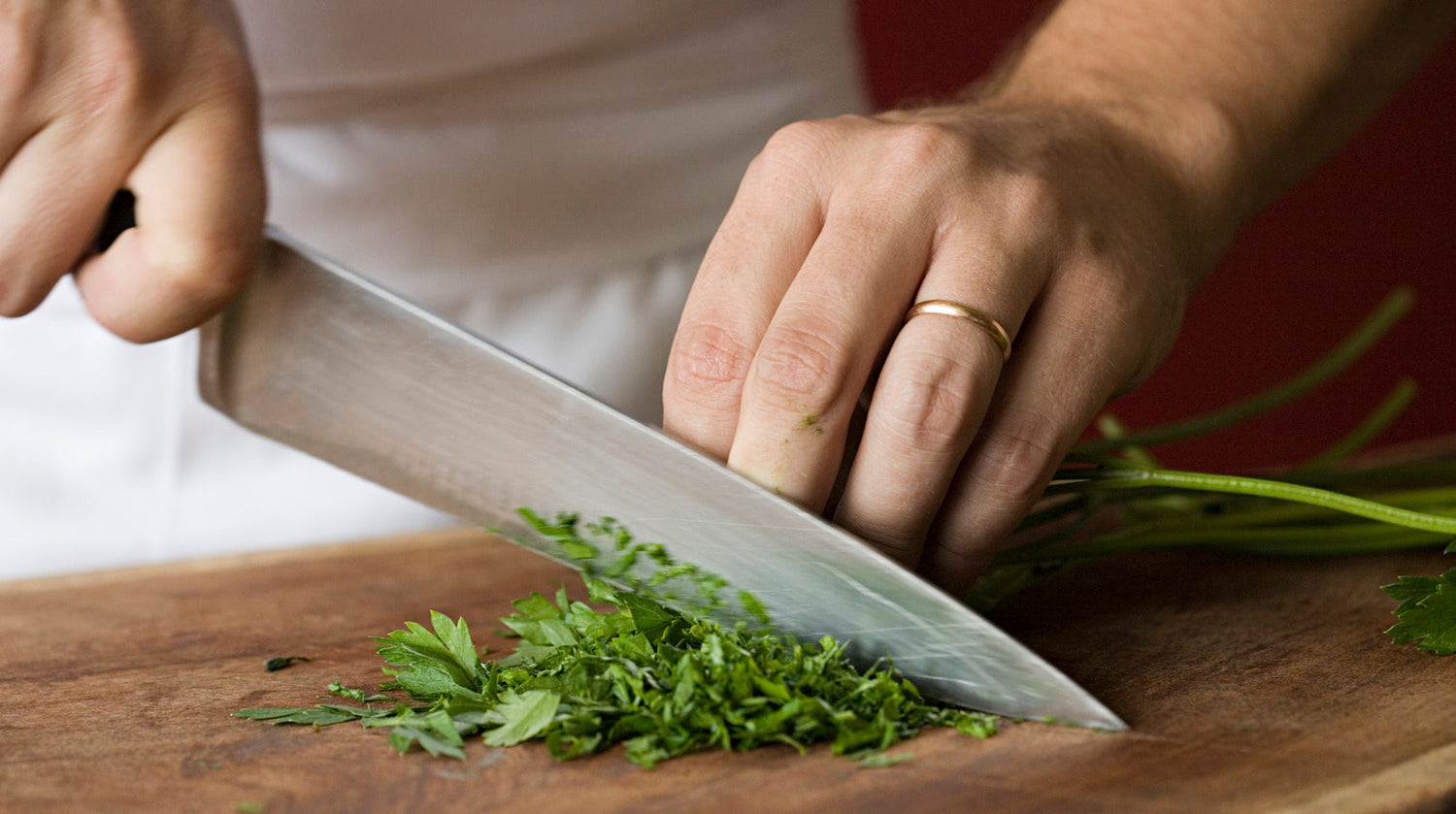


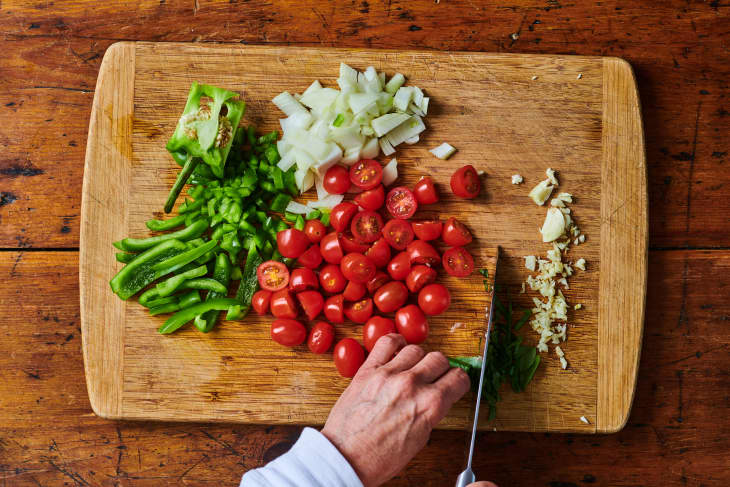
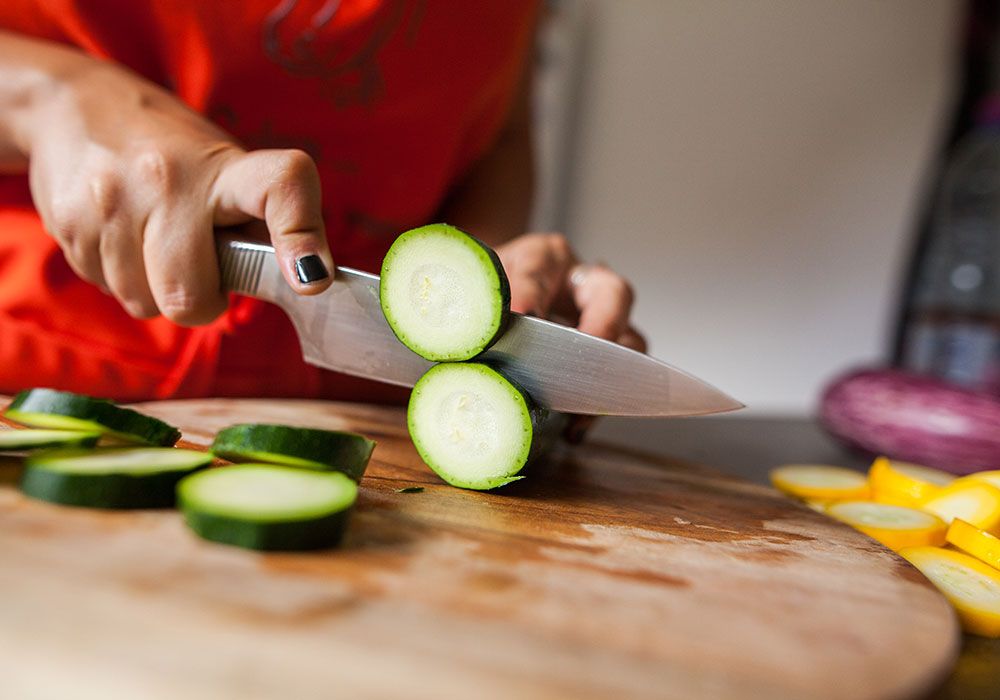
Leave a comment
This site is protected by hCaptcha and the hCaptcha Privacy Policy and Terms of Service apply.